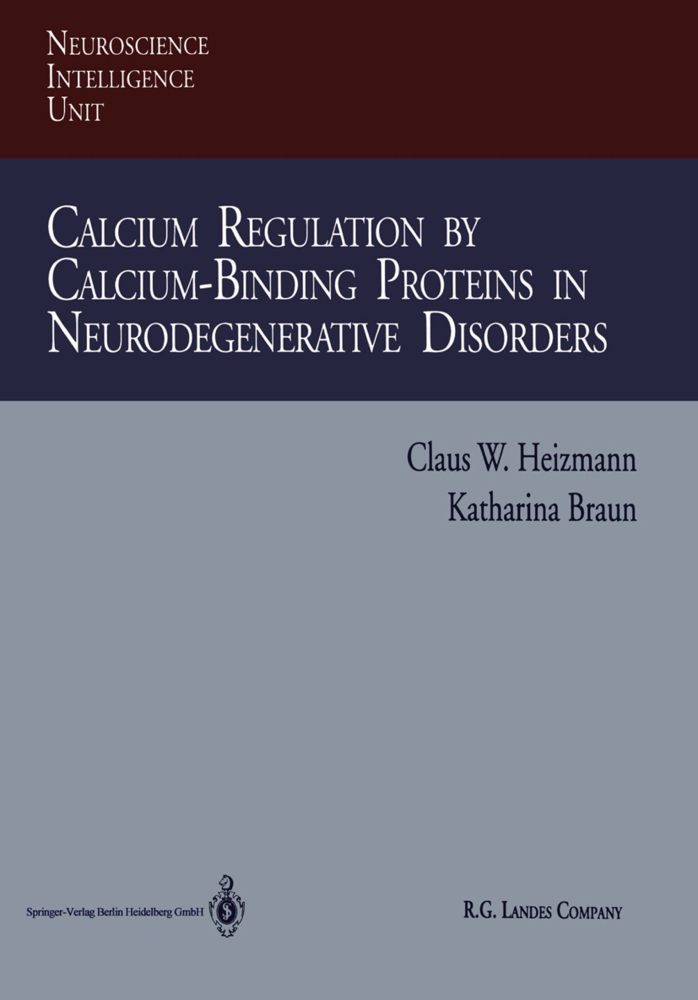Prehistoric Human Bone
Archaeology at the Molecular Level
Prehistoric Human Bone
Archaeology at the Molecular Level
Locked up within human bone are tantalizing clues concerning
the diets consumed by ancient peoples. On the one hand the
amounts of certain elementsin bone (strontium, zinc) serve
as measures of protein, fiber, and calcium intake. On the
other hand, the ratios of carbon isotopes and of nitrogen
isotopes provide information on questions of fish vs. meat,
herbivore vs. carnivore, or (for animals) browser (shrubs)
vs. grazer (grasses). Such information can provide a window
on many aspects of prehistoric cultures and can supplement
the nonskeletal archaeological record. In addition to these
two approaches, the biochemical record in bone from protein
and nucleic acids such as DNA serves as a source of
nondietary information such as genetic relationships. This
volume treats all three subjects.: elemental, isotopic, and
biochemical. The foremost experts in the areas provide
fundamental descriptions of the techniques, express their
concerns over the limitations of the methods, and describe
recent applications to archaeological studies.
Light, Stable Isotopes and the Subsistence Base of Formative Cultures at Valdivia, Ecuador
Isotopic Evidence for Diets of Prehistoric Farmers in South Africa
Effect of Diet Quality and Composition on the Isotopic Composition of Respiratory CO2, Bone Collagen, Bioapatite, and Soft Tissues
Ba/Ca as a Diagenetic Indicator for Evaluating Buried Bone Tissues: Advances in Tissue Selection, Reducing Contamination and Data Evaluation
Reproducibility and Reliability of Trace Element Analysis in an Italian Medieval Necropolis
Baselines and Variabilities of Major and Trace Elements in Bone
Indicators for Seasonality in Trace Element Patterns
Dietary Inferences from Element Analyses of Bone
The Investigation of Lipids in Organic Residues by Gas Chromatography / Mass Spectrometry: Applications to Palaeodietary Studies
Initial Stages of Bone Decomposition: Causes and Consequences
The Other Molecules in Ancient Bone: Noncollagenous Proteins and DNA
Abrasion as an Intrinsic Factor in Palaeodiet.
Experimental Evidence for the Relationship of the Carbon Isotope Ratios of Whole Diet and Dietary Protein to Those of Bone Collagen and Carbonate
Age Differences and Population Variation in Stable Isotope Values from Ontario, CanadaLight, Stable Isotopes and the Subsistence Base of Formative Cultures at Valdivia, Ecuador
Isotopic Evidence for Diets of Prehistoric Farmers in South Africa
Effect of Diet Quality and Composition on the Isotopic Composition of Respiratory CO2, Bone Collagen, Bioapatite, and Soft Tissues
Ba/Ca as a Diagenetic Indicator for Evaluating Buried Bone Tissues: Advances in Tissue Selection, Reducing Contamination and Data Evaluation
Reproducibility and Reliability of Trace Element Analysis in an Italian Medieval Necropolis
Baselines and Variabilities of Major and Trace Elements in Bone
Indicators for Seasonality in Trace Element Patterns
Dietary Inferences from Element Analyses of Bone
The Investigation of Lipids in Organic Residues by Gas Chromatography / Mass Spectrometry: Applications to Palaeodietary Studies
Initial Stages of Bone Decomposition: Causes and Consequences
The Other Molecules in Ancient Bone: Noncollagenous Proteins and DNA
Abrasion as an Intrinsic Factor in Palaeodiet.
Lambert, Joseph B.
Grupe, Gisela
| ISBN | 9783662028964 |
|---|---|
| Artikelnummer | 9783662028964 |
| Medientyp | Buch |
| Copyrightjahr | 2013 |
| Verlag | Springer, Berlin |
| Umfang | 313 Seiten |
| Abbildungen | IX, 313 p. 71 illus. |
| Sprache | Englisch |











